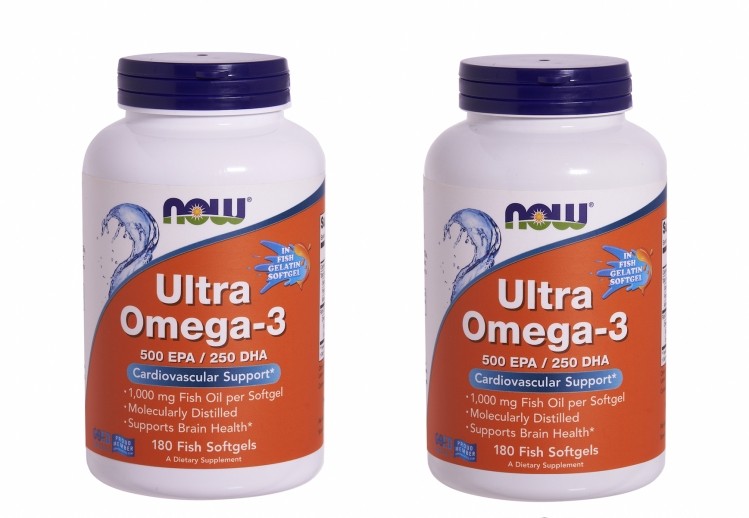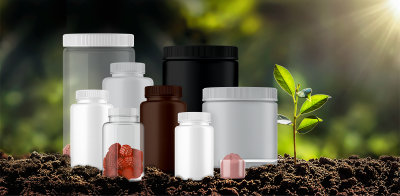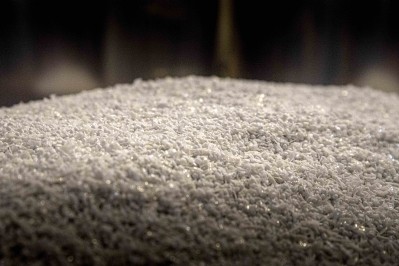NOW switches to 100% post-consumer recycled plastic bottles

“This has been a long learning process for us but an investment that we feel is very important as it supports our sustainability efforts,” Kim Perkins, NOW’s vitamin brand manager, said in a statement.
The company, which produces an average 66 million supplement bottles a year, will start by implementing the switch across supplements currently packaged in white bottles. Sports nutrition, pet supplements and personal care lines will follow.
The path to PCR plastic
NOW’s path to PCR plastic (made from discarded household and commercial plastics) started two years ago with a series of studies to ensure that sustainability efforts would not compromise bottle quality or shelf life. These included oxygen and water permeability studies, along with an in-depth leaching study and micro testing of total aerobic count, yeast and mold. NOW noted that follow-up tests showed that PCR bottles performed as well as or better than virgin resin PET bottles but that there may be slight color variation between bottles.
“We reviewed multiple options in this process from glass and aluminum to HDPE, because we wanted to maintain our quality standards while also reducing the impact on cost,” Perkins said. “PCR allows us to reuse recycled packaging materials and lighten our footprint on the earth.”
The rollout aligns with state-mandated minimum PCR content requirements phasing in for food and beverages sold in plastic packaging in California, New Jersey and Washington State. Garden of Life, Ritual Vitamins, Smarty Pants and Nature’s Way are also incorporating PCR content to help tackle the global plastic pollution problem.
Ensuring access to starter material
As these state laws come into force, industry has expressed concerns that regulators may be moving too fast by creating a bourgeoning demand and price spikes for PCR resin in a limited market plagued by supply chain issues.
“Most reports examining the issue have concluded that there is currently a woefully inadequate supply of PCR—plastics, in particular—available to meet the demand that would be created if producers were to meet the required benchmarks,” Samuel Butler, of counsel at Lathrop GMP LLP, recently told NutraIngredients-USA. He added that the gap will only grow as other states pass similar laws.
According to The Future of PCR Packaging to 2026 report from market insights firm Smithers, a compound annual growth rate (CAGR) of 7.2% across 2021-2026 will push global demand for PCR to 5.63 million tonnes in 2026.
Perkins confirmed that NOW is avoiding supply chain hiccups by sourcing its starter material from the US and is confident that it will have access to the quantities needed through its vendor.








